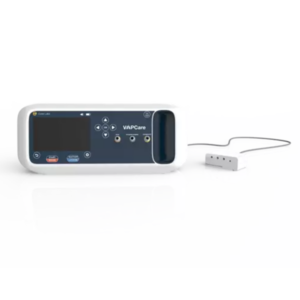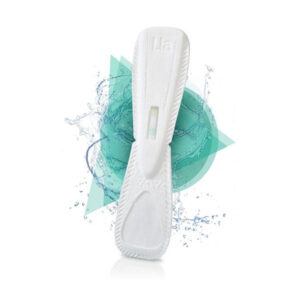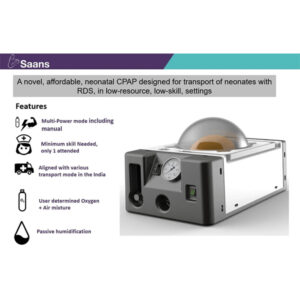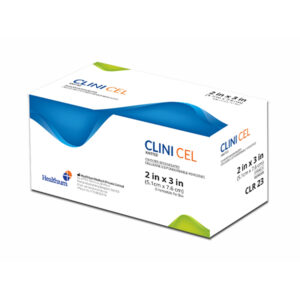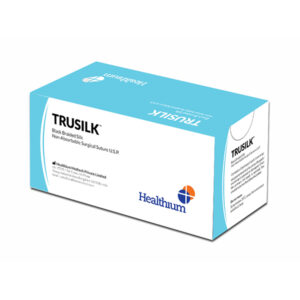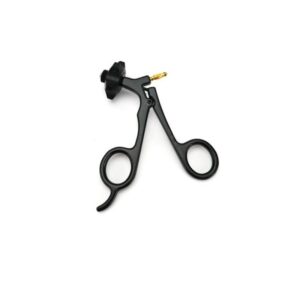Pandorum Human Cornea
MPIN: MP69297
Sign in to view pricePandorum’s Bio-inspired Corneal ‘ink’ can be used as ‘Liquid Cornea’ for therapeutic application and to ‘print’ Corneal lenticule for human implantation – to treat visual impairment due to corneal defect.
Ask for Quote
BIO-ENGINEERED Human Cornea
Pandorum’s Bio-inspired Corneal ‘ink’ can be used as ‘Liquid Cornea’ for therapeutic application and to ‘print’ Corneal lenticule for human implantation – to treat visual impairment due to corneal defect.

Scanning Electron Microscopy of Liquid Cornea microparticles shows petaliod exposed surface for cellular interaction. Elemental Analysis confirms the ECM origin.
Why We Do It
The World Health Organization (WHO) estimates that corneal opacities (including trachoma) accounted for 7% of world’s blind population in 2010, making it the 3rd most common cause of blindness
Globally, 4.9 million suffers from bilateral corneal blindness and 23 million from unilateral (est.)
~12.7 million waiting for a corneal transplant globally (Solomon, 2005)
Although cataracts and glaucoma (in the elderly) are more common causes of visual impairment, corneal blindness affects all age groups and is a leading cause of irreversible visual impairment
20% of childhood blindness is estimated to be caused by corneal blindness impacting their development, with high regional variances from 2% to 50% education, future job opportunities and quality of life.
In India alone, bilateral corneal blindness: 1.2 million; Unilateral involvement 5-6 million. 25,000 to 30,000 new cases of blindness added annually.
India has deficient collection of only 44,806/ year. ~54% of donated corneas do not meet standards for transplant
Corneal surgeons sufficiently skilled for transplant 400-500 nationwide with less than 100 centers equipped to support transplant operations as per standards.
Image courtesy: Sightlife and Indian Journal of Opthamology

How we do it
Liquid Cornea
Pandorum’s ‘Liquid Cornea’ is a regenerative approach towards vision restoration through tissue engineering and scar-less wound healing. It is designed for a simple, minimally-invasive application procedure, to curtail the requirement of post-operative medication and care.
Liquid Cornea formulation is supported by bio-inspired hydrogel scaffold and specialized stem cells. Fig. A (Extra Cellular Matrix (ECM)-mimetic petaloid microparticle) and Fig. B (Scanning Electron Microscopy (SEM) images of cornea decellularized ECM showing collagen fibrils)

The combination of specialized stem cells and bio-mimetic gel promotes scar-less wound healing and clears up the opaque tissue and restore patient’s vision. Fig. C corneal cells in a commercially available tissue sealant express alpha-smooth muscle actin protein, in green, a component of scar tissue, which is minimized in Liquid Cornea in Fig. D

Bio-printed Cornea
Pandorum’s proprietary ‘bio-ink’ can be used to print transparent and suturable Corneal lenticules embedded with live corneal cells
Shipping Policy
Orders made at Medpick are initiated and processed for shipment upon receipt of request from the customer. Please note that our Shipping Services (Fee, Transportation, Loss or Damage of any shipment, etc.) are in accordance with the Seller\'s terms of Shipment.
Refund Policy
Please refer to Medpick Return Policy.
Cancellation / Return / Exchange Policy
Please refer to Medpick Return Policy.
 REGISTER
REGISTER
 SIGN IN
SIGN IN


